Model Polaroids (Digitals)
Models who want to submit their images/portfolios to modelling agencies first need to create “modelling digitals” or “polaroids” to show their current look in the most natural way. I get many questions such as, “What’s a Polaroid?”, “Do I need modelling digitals?”, “Can I take them on my own?”, and so on. So, I’ve created this web page that discusses the basics about modelling digitals/polaroids, and hopefully this answers any questions one might have about modelling digitals.
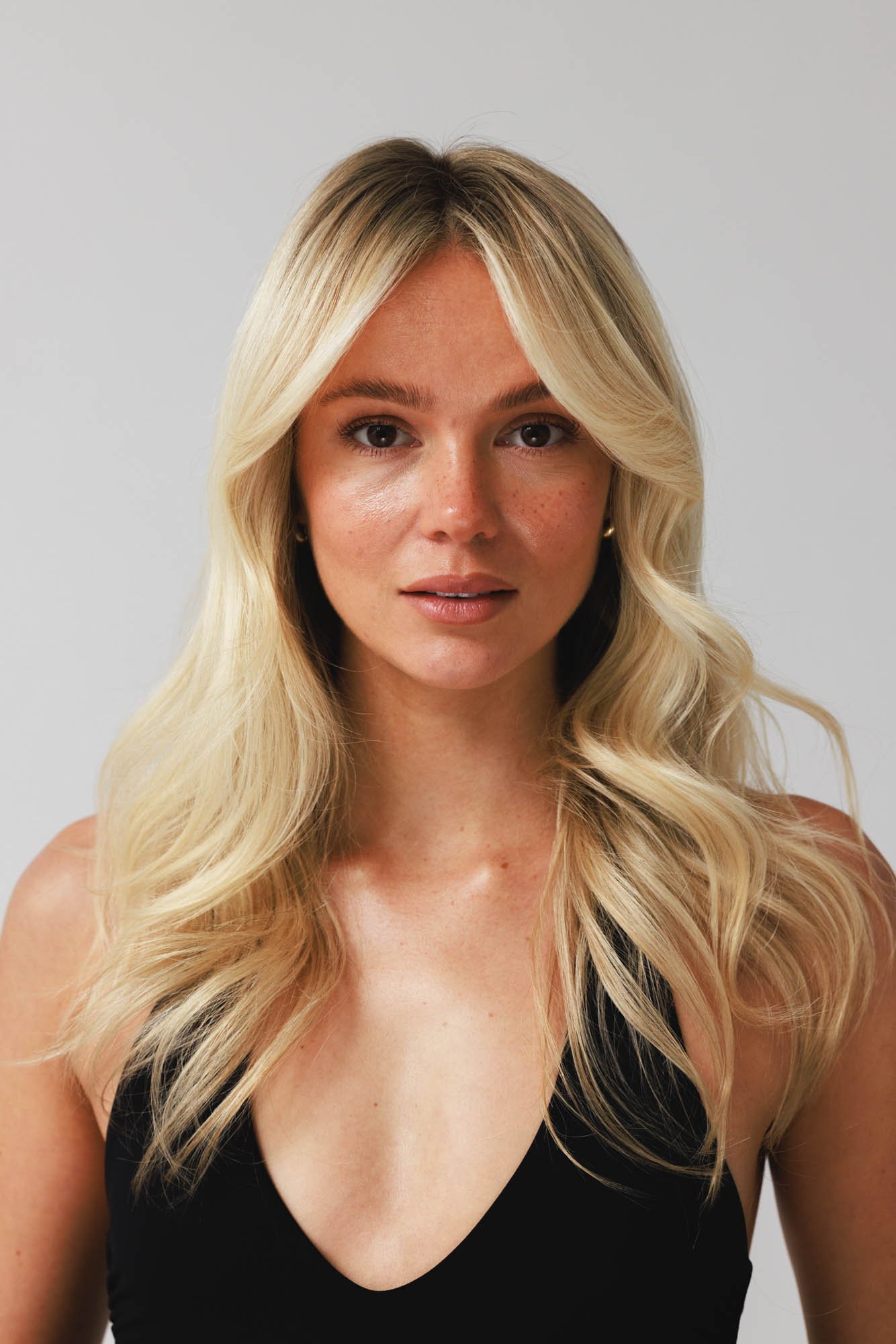
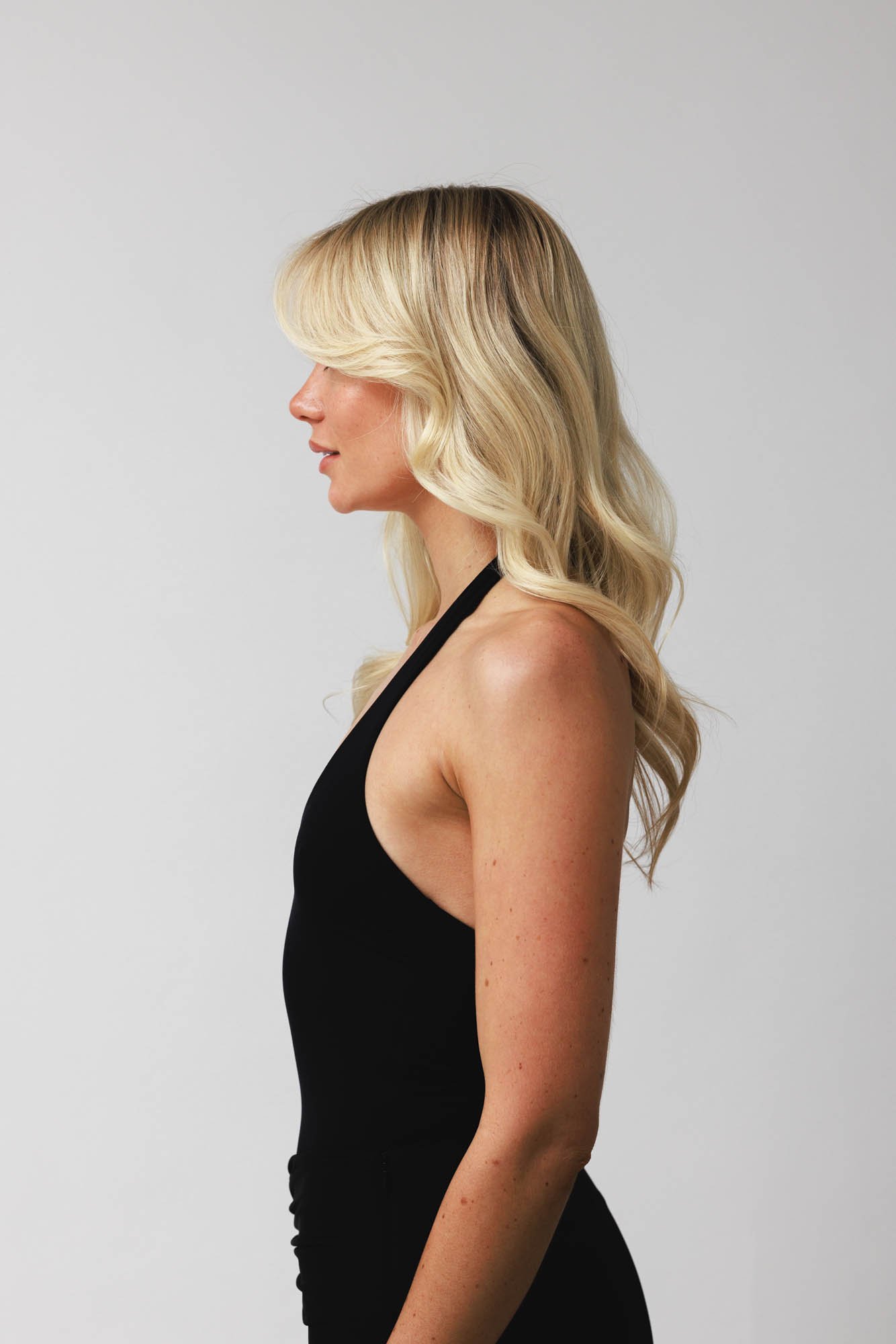
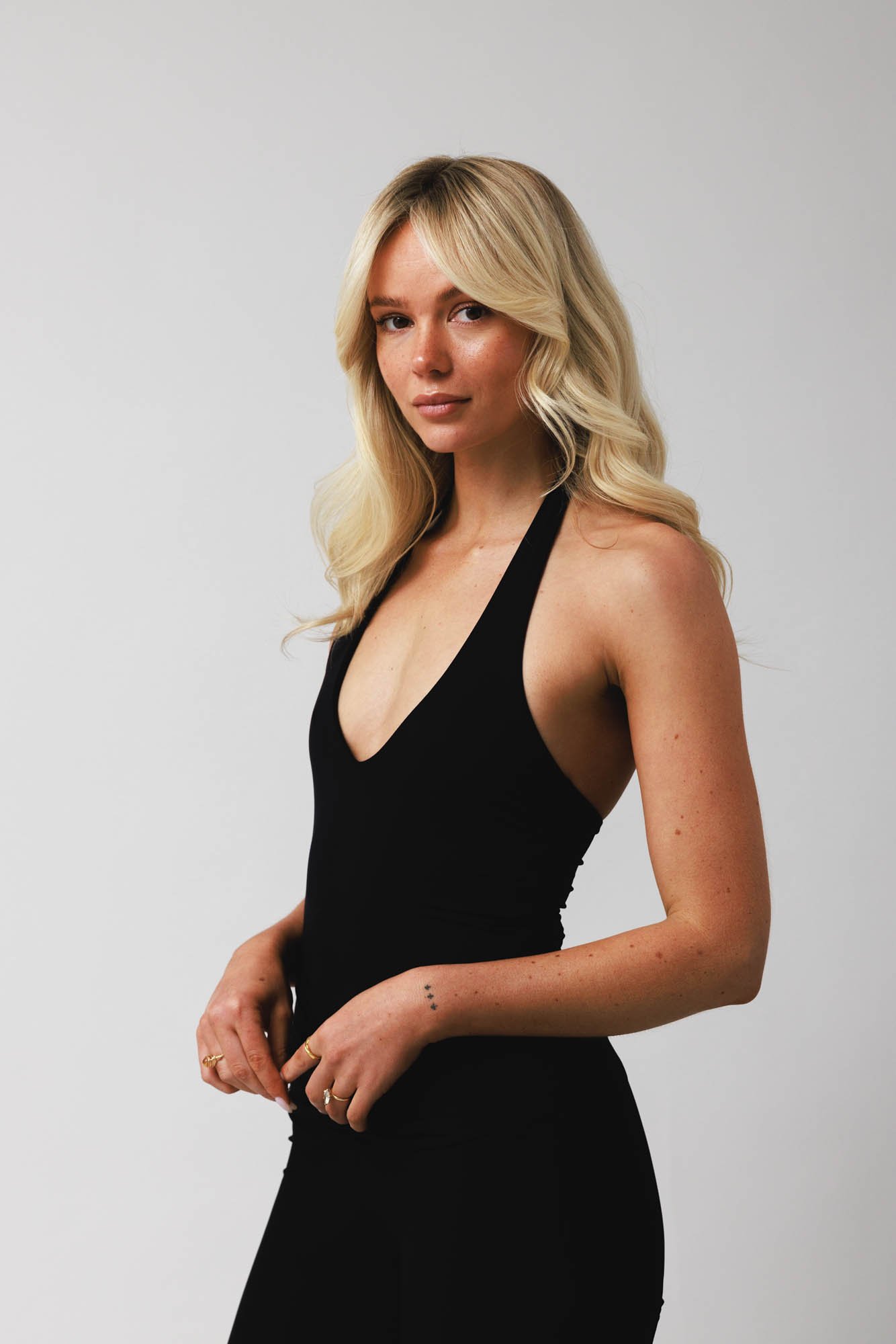
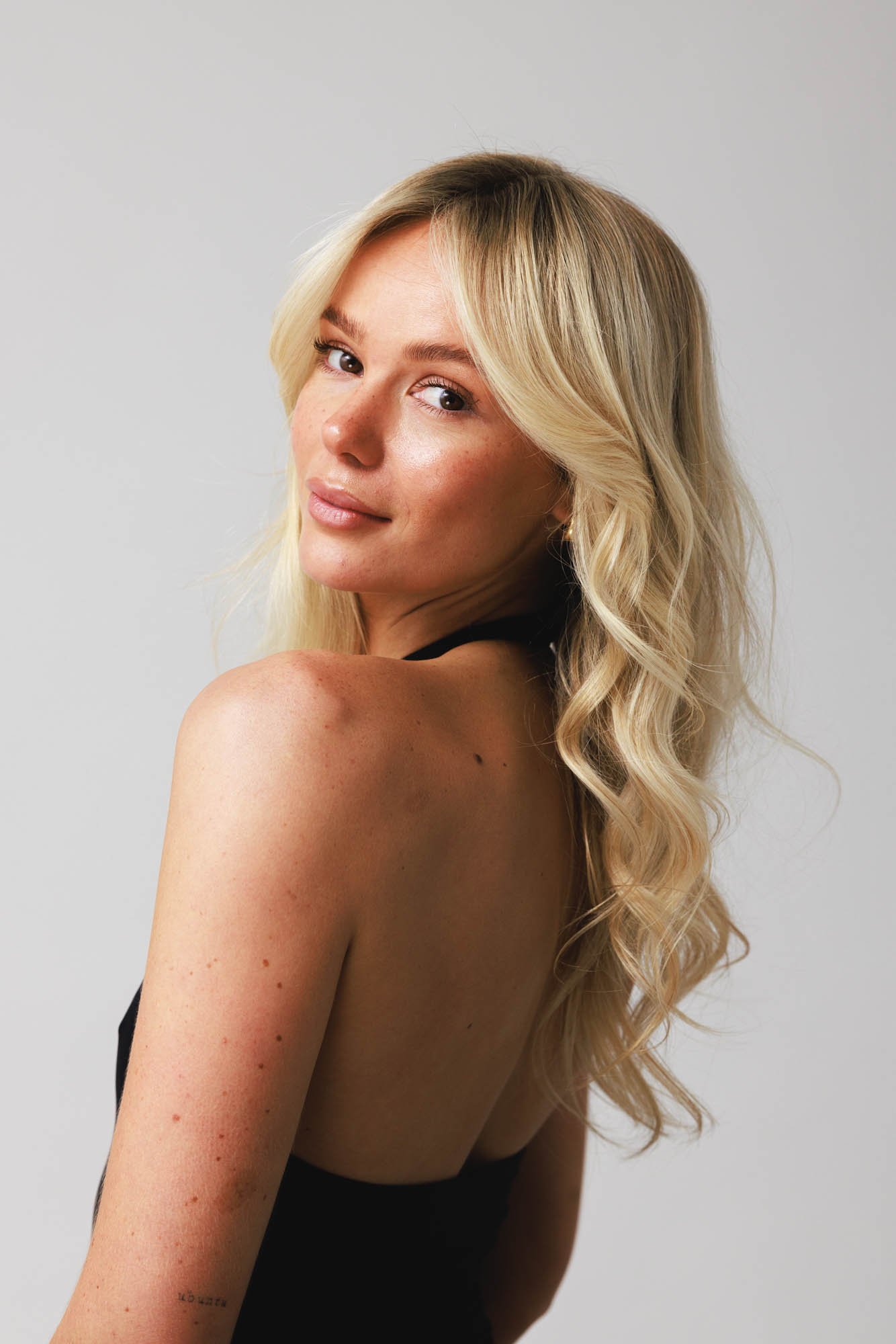
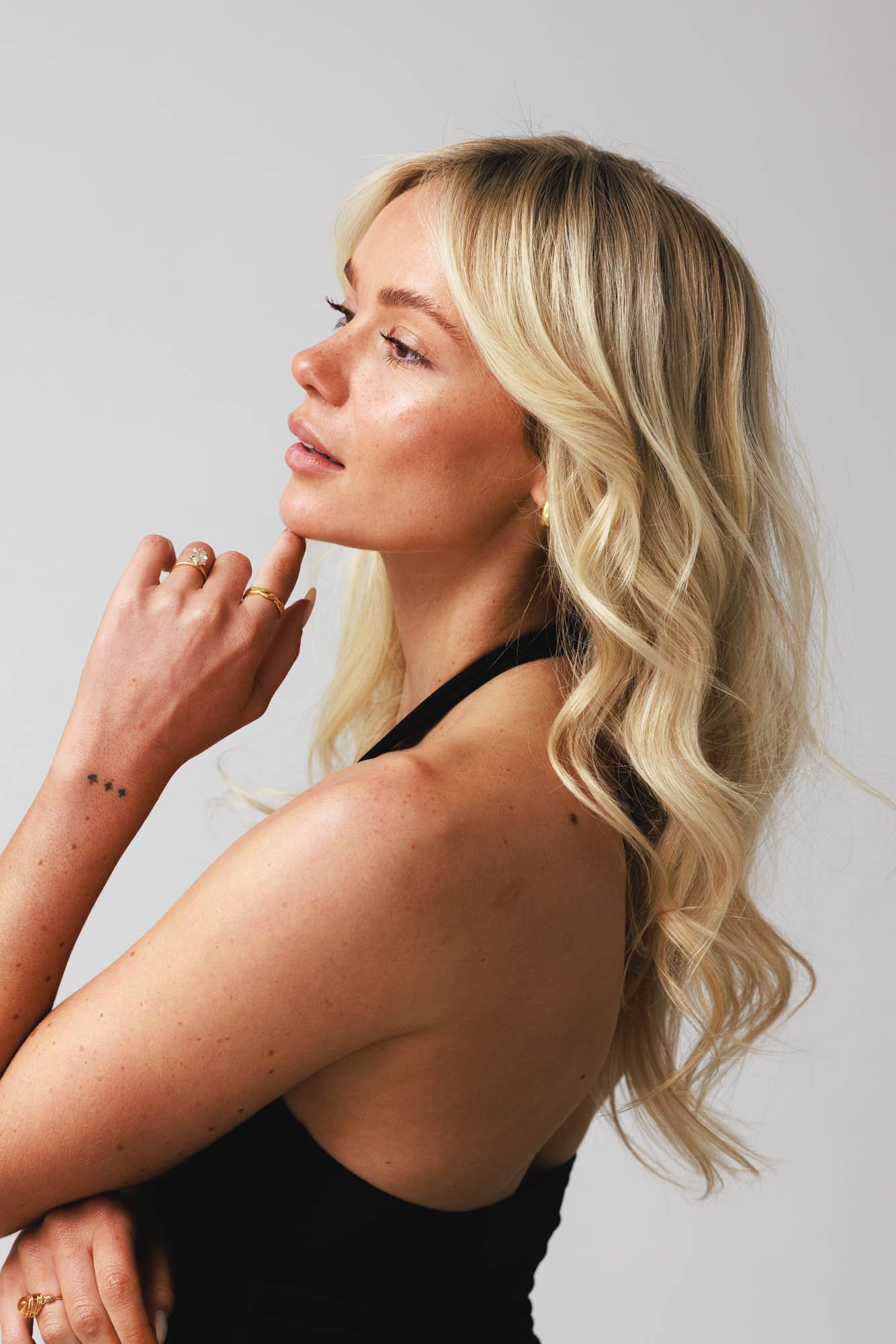
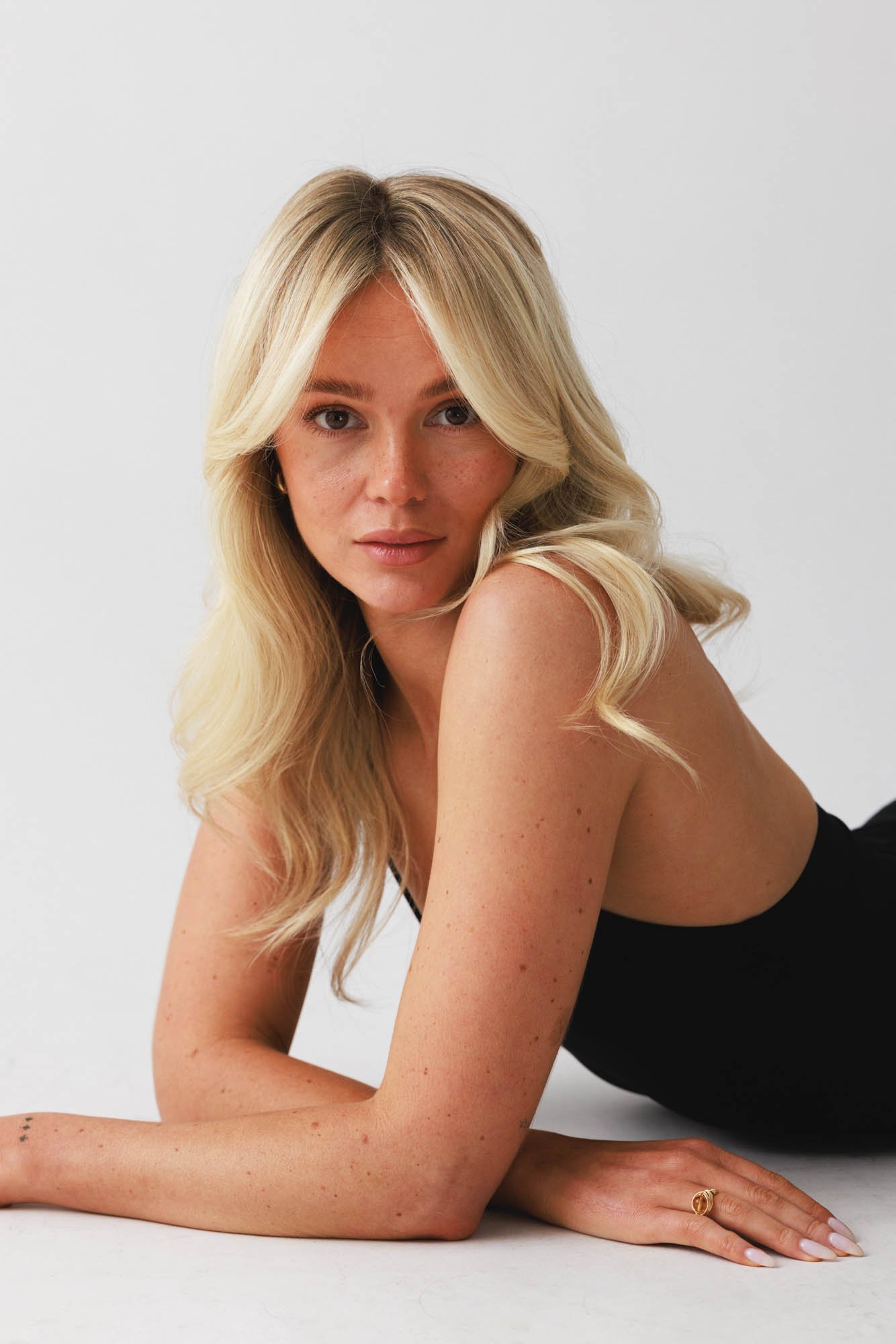
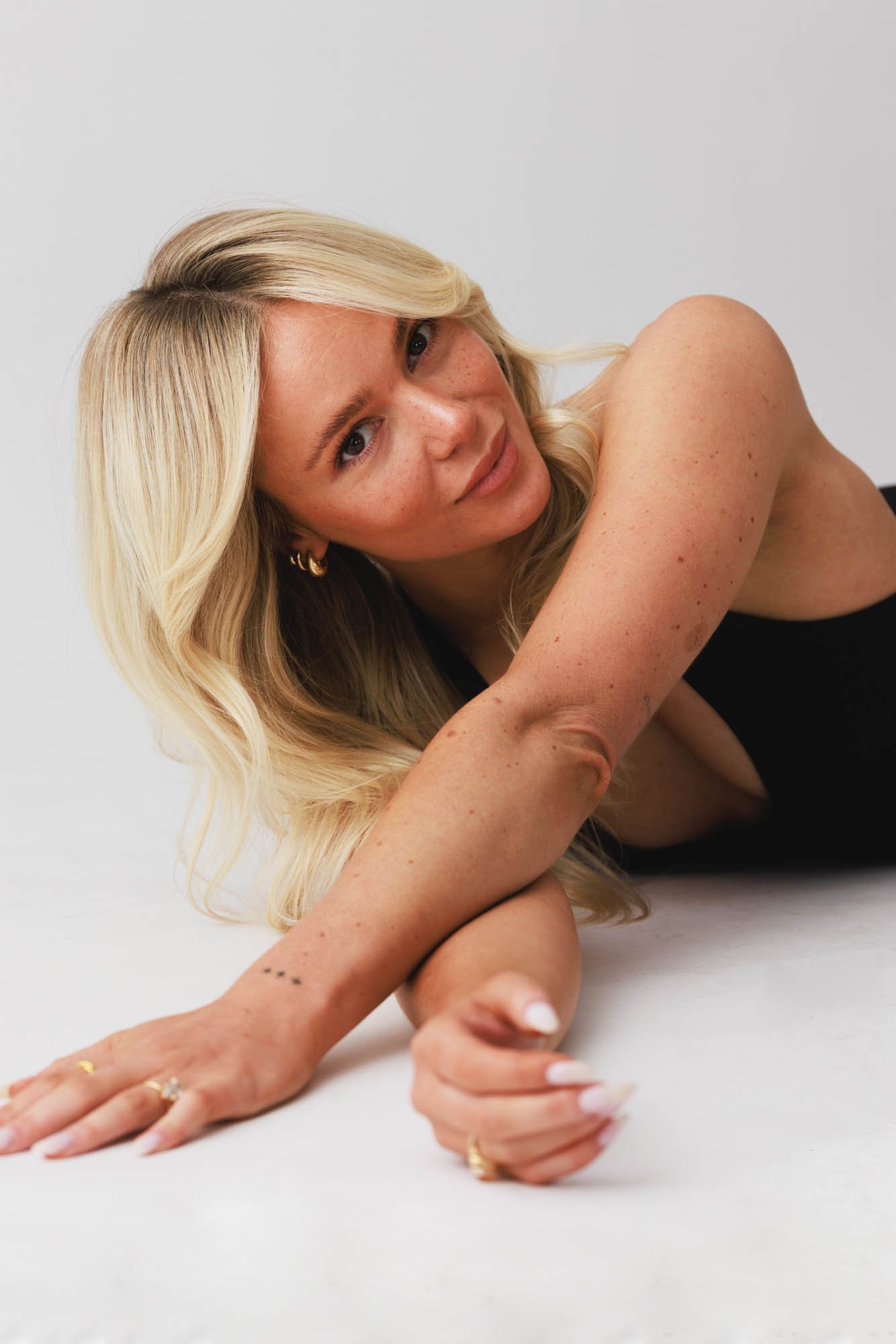
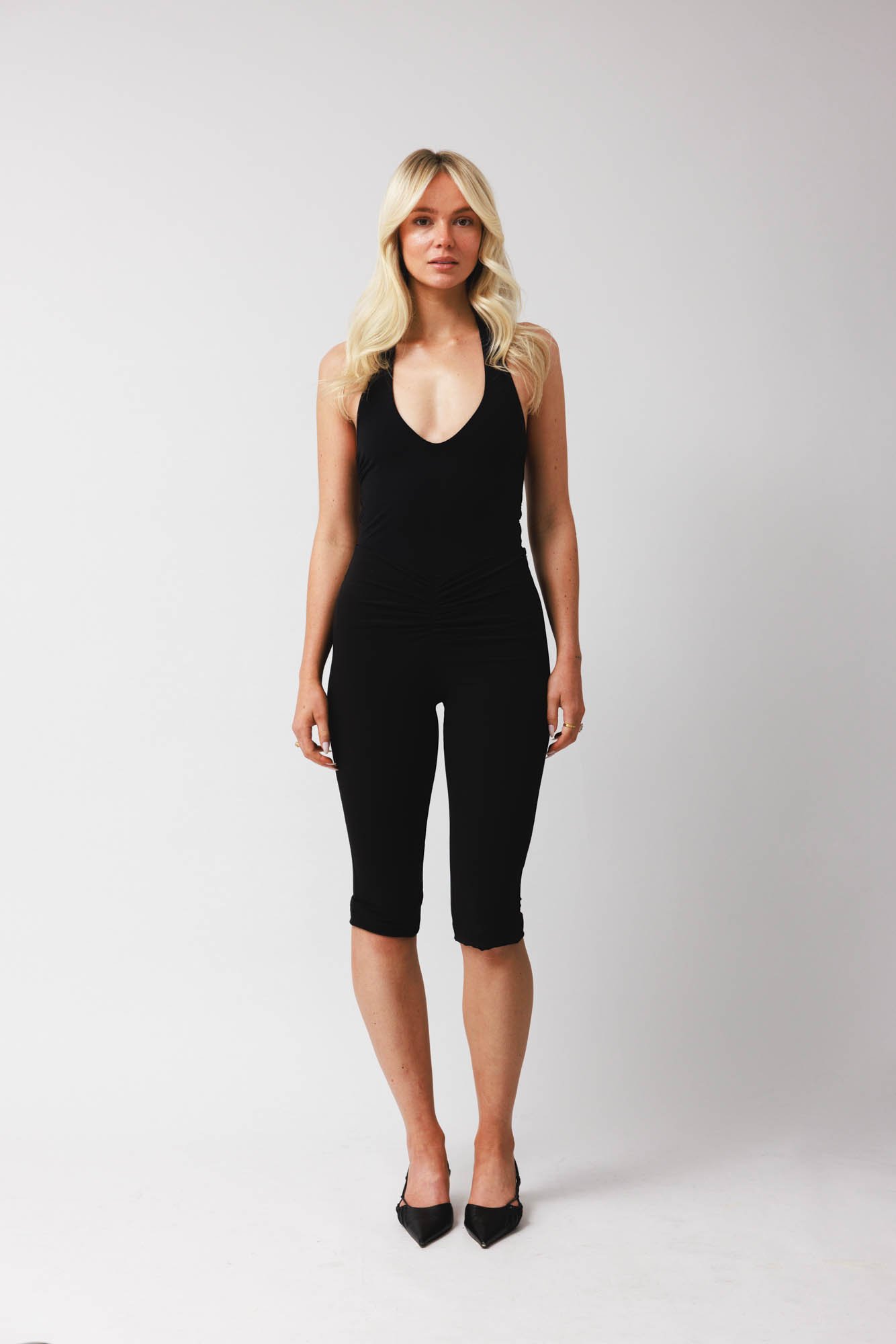
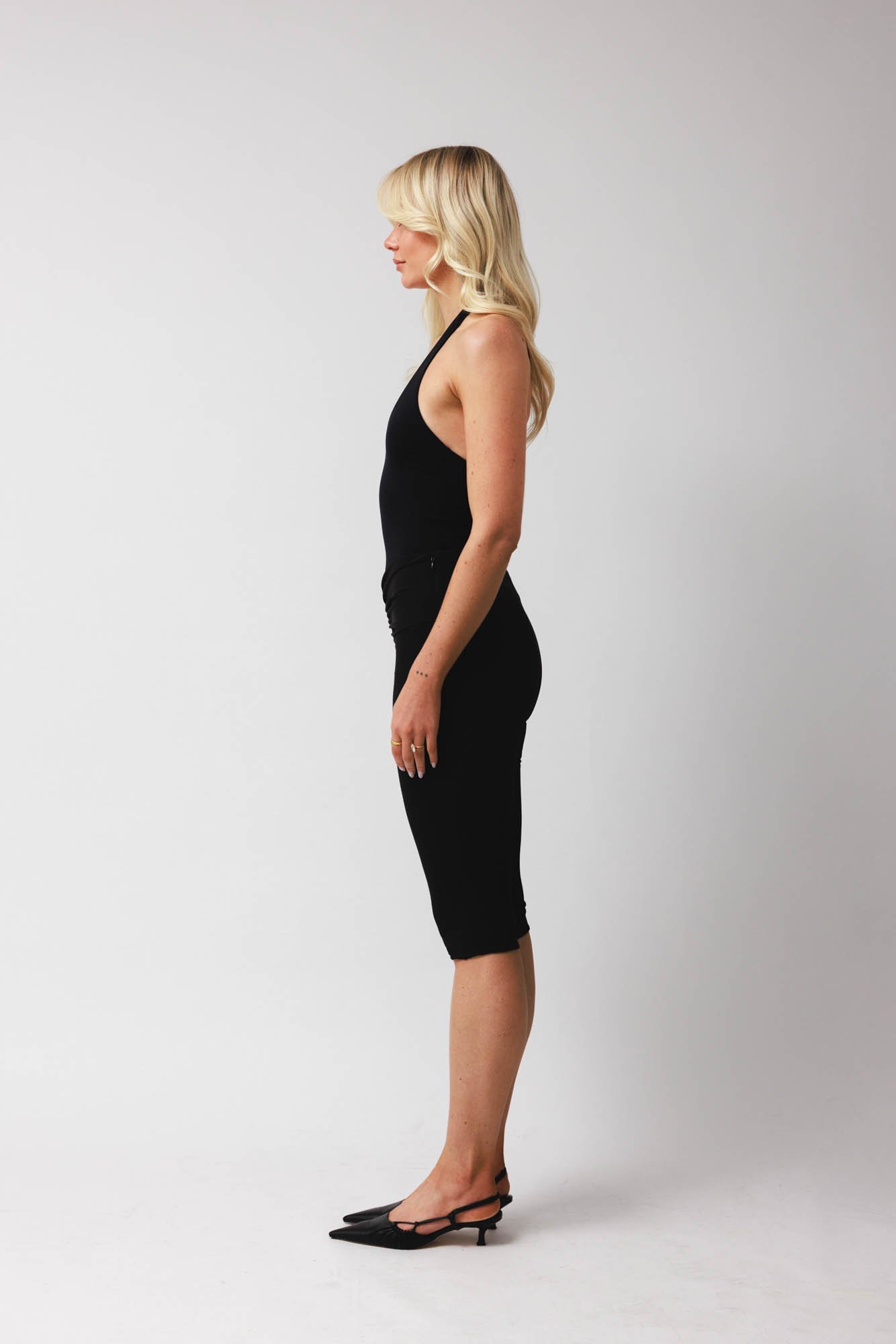
SO WHAT EXACTLY ARE “MODELING DIGITALS” OR “POLAROIDS”?
Modelling Digitals (also known as “Polaroids”) are natural images of what a model currently looks like. These images were once taken on-the-spot with instant Polaroid cameras, (hence the name “Polaroids”), and they were taken to capture a model in simple lighting, without editing to show his/her natural appearance. Today, modelling digitals are taken with digital cameras, ideally with a white or neutral-coloured background. Multiple shots of the model are taken to show his/her look from various angles, to give the client or agency an accurate representation of the model’s current look without heavy makeup or image editing.
WHY DO YOU NEED MODELING DIGITALS?
Modelling digitals allow both clients and agencies the ability to see what a model naturally looks like. These unedited images are standard for the modelling industry, and even signed models typically update their modelling digitals every few months, or if there are major changes to their look such as a change in hair colour/style, tattoos, weight loss/gain, etc. It’s important to have updated current modelling digitals on-file.
CAN I TAKE MODELING DIGITALS ON MY OWN?
Yes! Do you need me to take your modelling digitals? Absolutely, not. However, lighting, posing, and angles are key. Since I’m well versed in this area, I know key things to look for when shooting, and if the goal is to get the most professional shots possible, you can book a session with me for your Modelling Digitals and/or optional headshots. However, if you wish to take digitals yourself, here are some tips to follow: Be sure to see some of my examples posted here and read this page in its entirety. If you don’t have studio lighting gear at home, soft natural lighting is especially important. Don’t take selfies in front of a mirror in your bathroom. If you are going to take these images at home, have a friend take your photos, and try to find a white or light-coloured wall with a large window nearby for natural light. Hopefully the wall will be free of electrical outlets and cords and can show you in a full-length shot. The ideal weather for this natural lighting look would be a cloudy day, for soft natural light that isn’t harsh. Check the agency guidelines for agencies you would like to apply to, and also search “modelling digitals” for sample poses that work best for digitals. Keep it natural, do not edit your photos, and try to capture the real you! If you find this is difficult, our would like to book a modelling digitals session, please contact me for information on booking a session.
BEFORE SHOOTING, FOLLOW THE EXACT AGENCY SUBMISSION GUIDELINES FOR DIGITALS
Almost all agencies want a standard full-body shot, a quarter-turn shot from various angles, and a close-up face shot. These images should be in a relaxed pose for a natural look. However, some agencies may want specific angles as per their submission specs/guidelines, so if you’re planning on submitting modelling digitals to a specific agency (or multiple agencies) it’s important to preview their guidelines before our shoot. If they have a spec sheet or guidelines, please bring these guidelines to the shoot, or submit them to me via email before our shoot so we can ensure you get the exact shots and angles you need. Since no two agencies are the same in their requirements, when shooting modelling digitals, I try to shoot every common requirement from agencies so that you’re covered when booking a modelling digitals package. This includes multiple styles, hair up/down, various poses, and so on.
WHAT DO I WEAR?
Agencies really want to see a model in a natural look to show their features and shape. Loose, baggy clothing is not acceptable. This means, form-fitting clothing that is not busy, and has a neutral colour.
WOMEN: For fashion-oriented models, women will ideally wear black jeans/leggings and a form-fitting neutral-coloured tank-top that is either black or white. For fitness or swimwear models, black bikinis are often worn to show shape, along with black heels are ideal to compliment this look. High heels are recommended but not required, as they are an acceptable “cheat”, often times making models appear taller and accentuating proper posture. For jeans/leggings colours, it’s safe to go with black jeans/leggings and a form-fitting tank-top that is either black or white.
WHAT ABOUT HAIR & MAKEUP?
Everything about modelling digitals is supposed to be natural. This means your hair should not be overly styled, and heavy makeup is not recommended. You will see some sites that say that absolutely no makeup should be worn, but this is not realistic. Extremely light concealer that gives off a completely natural look is fine. No eyeliner or heavy mascara, and if you wish to go without makeup, that works too, but very light makeup and natural lip balm is completely fine.
ARE MODELING DIGITALS EDITED IN POST-PRODUCTION?
NO! I understand that we live in an age of Face tune, Photoshop’s liquify feature, and the occasional photo that might make a model’s skin look like a painting. However, everything about modelling digitals should be natural. This means that all shots from the shoot are not edited in any way. This ensures that agencies and clients see the real you. The only post-production that may/should be applied to modelling digitals would be a lens correction tweak in Lightroom or Photoshop to ensure that proportions are natural. When shooting at wider angles with a 24mm-70mm zoom lens for example, the wider the angle, the more that objects/people can appear distorted. Thus, if shooting at wider angles, it’s important to correct any possible lens distortion in the image in post-production. This keeps things natural and although this is not what most people consider “photo editing” (such as a blemish or wrinkle removal), etc., it is technically still “editing” since its post-production work on an image. If you’re shooting digitals at home with a smartphone, or even using a DSLR with a lens in the 85mm range, you don’t need to worry about this. The key takeaway in this is that unlike editorial modelling portfolio shots, modelling digitals are shot with the intention of being unedited, and for any modelling digitals package booked with me, models receive all modelling digitals unedited and watermark-free.
PROTIP: PROPERLY NAME YOUR MODELING DIGITAL FILES
In many cases when you receive final files from me, the files will be named something along the lines of OL7A1866-Edited.jpg. However, when applying to modelling agencies, it’s best to name your files properly with your full name. So instead of naming files “OL7A1866-Edited.jpg”, you want agencies to receive files named “Jane-Doe-Digitals-2022-1.jpg”, or something along those lines, so they easily keep track and know these images represent you.
WHAT EXPRESSIONS ARE BEST FOR MODELING DIGITALS?
I often encourage people to be themselves when shooting. That means if you naturally smile quite often, it’s okay to project your personality in photos. However, with modelling digitals, much like with the idea of being natural and not going overboard on makeup, it’s typically best to not go overboard with expressions as well. Subtle/casual smiles are fine, but it’s best to keep expressions more on the subdued side and remember that you want to appear to a wide variety of agencies and clients. This typically means a more professional demeanour, so extreme poses or expressions should be avoided.
Is there any examples?
If you sign up to the members section, you can view a few models comp cards for some reference.
